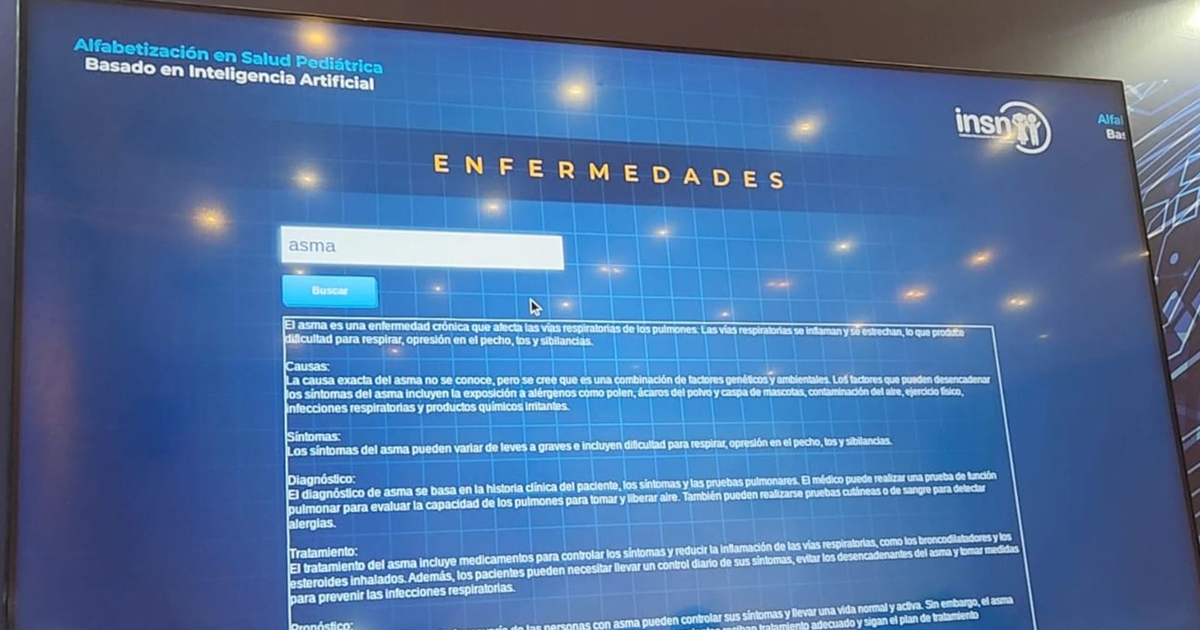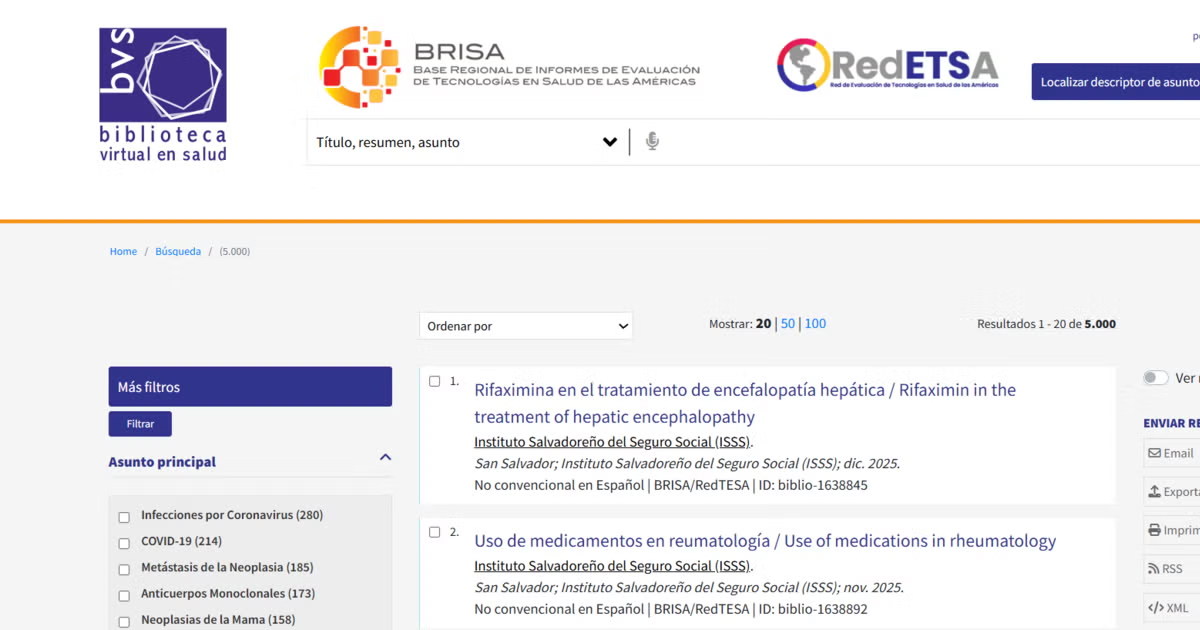Key points
INTRODUCCIÓN
- La enfermedad del hígado graso no alcohólico (EHGNA/NAFLD), abarca un espectro de afecciones caracterizadas por evidencia de esteatosis hepática en imágenes o histología y ausencia secundaria de esteatosis hepática, como el consumo de alcohol o uso crónico de medicamentos
- La enfermedad del hígado graso no alcohólico es una enfermedad silente.
- Tiene varias fases de progresión: esteatosis simple, esteatohepatitis, fibrosis, cirrosis y podría progresar a carcinoma hepatocelular
- La presencia de lesión hepática con inflamación + con o sin fibrosis constituye esteatohepatitis no alcohólica (EHNA/NASH)
ETIOLOGÍA
- La obesidad, diabetes, dislipidemias, resistencia a la insulina y el síndrome metabólico, asociados con la aparición de EHGNA
- Therefore, they present cardiovascular risk factors.
EPIDEMIOLOGY
- Incidencia va en aumento en países occidentales
- NAFLD prevalence
- 80% – 90% en adultos con obesidad
- 30% – 50% en adultos con Diabetes Mellitus
- 90% o más en adultos con dislipidemia
- 40% a 70% en niños con obesidad
PATOFISIOLOGÍA
- Intervienen factores ambientales y genéticos
- first degree relatives
- Activación de SIRT1
- Insulin resistance causes:
- Acumulación de triglicéridos en el citoplasma de los hepatocitos
- Acumulación de ácidos grasos y triglicéridos en hígado por un suministro excesivo de los mismos
- Depósito de colágeno sinusoidal y fibrosis portal desarrolla EHNA
- Acumulación de ácidos grasos hace más vulnerable al hígado a presentar lesiones
- Exceso de CHOs estimula la síntesis hepática de ácidos grasos
- La obesidad libera mediadores inflamatorios que dañan a los hepatocitos
HISTOPATOLOGÍA
- En EHGNA, la biopsia hepática presenta más del 10% de los hepatocitos con gotitas de grasa
PRESENTACIÓN CLÍNICA
- NAFLD:
- La mayoría asintomáticos, algunos con síntomas inespecíficos
- Fatiga es uno de los síntomas más comunes
- Dolor en parte superior del abdomen, sed, distensión abdominal y alteraciones del sueño
- La hepatomegalia moderada es el signo clínico más frecuente
- La mayoría asintomáticos, algunos con síntomas inespecíficos
EVALUACIÓN
- Aminotransferasas séricas levemente elevadas (principal dato bioquímico), aunque pueden aparecer normales.
- Elevación de GGT, marcador de aumento de la mortalidad
- Ecografía, método rutinario
- Biopsia de hígado, estándar de oro para el diagnóstico de EHGNA
- “NAFLD en la puntuación del síndrome metabólico”, es un score no invasivo para predecir el desarrollo de EHGNA, incluye:
- BMI > 25
- AST/ALT > ó = 1
- DM2
- Obesity
DRIVING
- Changes in lifestyle
- Ante esteatosis simple, pérdida de peso del 3% – 5%
- Ante EHNA, pérdida de peso del 7% – 10%
- Control of risk factors (Statins in dyslipidemias, control SAH and DM)
- multidisciplinary treatment







